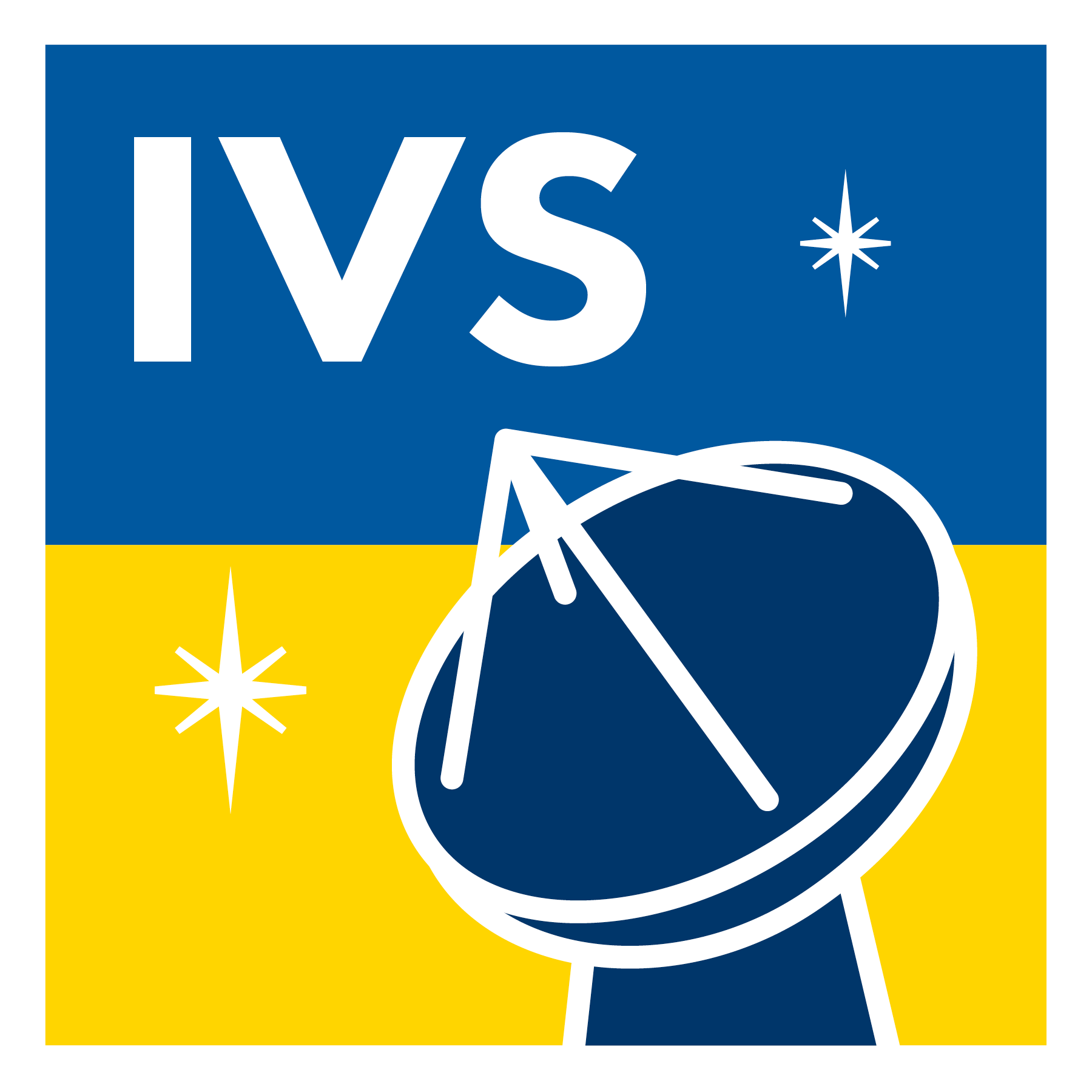Courtesy Nlingi Habana (thank you!).
Citation: Hudson, et al. (2023)
Title: Orbital Configurations of Spaceborne Interferometers for Studying Photon Rings of Supermassive Black Holes
DOI: https://doi.org/10.1016/j.actaastro.2023.09.035
Synopsis: “The inclusion of baselines exceeding the diameter of the Earth and observation at as short a wavelength as possible is imperative for further development of high resolution astronomical observations. This can be achieved by a spaceborne VLBI system. We consider the preliminary mission design of such a system, specifically focused on the detection and analysis of photon rings, an intrinsic feature of supermassive black holes.Optimised Earth, Sun–Earth L2 and Earth–Moon L2 orbit configurations for the space interferometer system are presented, all of which provide an order of magnitude improvement in resolution compared to the EHT.
Citation: Park, et al. (2023)
Title: Calibrating VLBI Polarization Data Using GPCAL. I. Frequency-Dependent Calibration
DOI: https://doi.org/10.48550/ARXIV.2310.03242
Synopsis: “In most existing calibration tools and pipelines, it has been assumed that instrumental polarization is constant over frequency within the instrument bandwidth and over time. In this paper, we present a method of frequency-dependent instrumental polarization calibration that is implemented in GPCAL, a recently developed polarization calibration pipeline.”
Comment: See Part II of this article at https://doi.org/10.48550/arxiv.2310.03244
Citation: Raut, et al. (2023)
Title: Assessing the Potential of VLBI Transmitters on Next Generation GNSS Satellites for Geodetic Products
DOI: https://doi.org/10.1007/1345_2023_217
Synopsis: “The next-generation Global Navigation Satellite Systems (NextGNSS) satellites are planned to be equipped with inter-satellite links and ultra-stable clocks as well as a dedicated Very Long Baseline Interferometry (VLBI) transmitter. This will enable the VLBI network to observe the satellites along with extra-galactic radio sources. The study aims to evaluate the potential benefits [of] placing VLBI transmitters on NextGNSS satellites”
